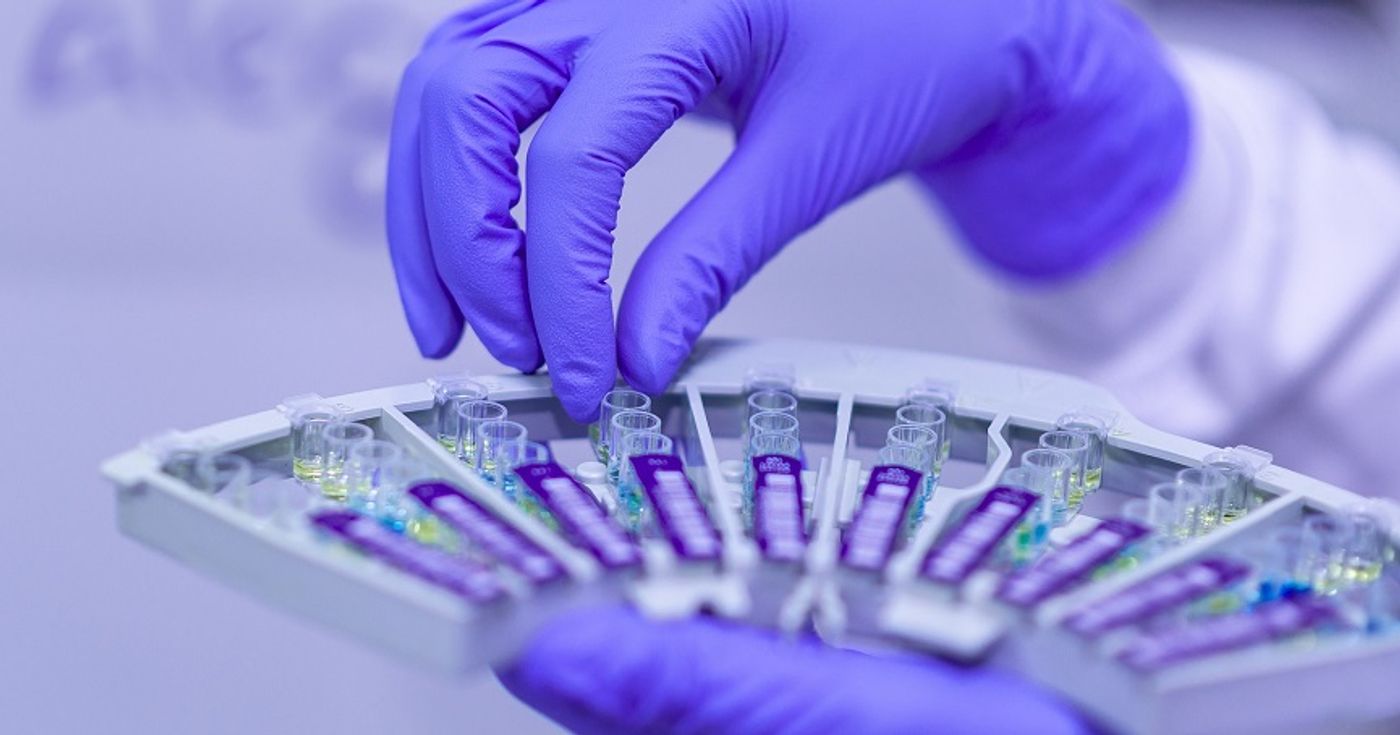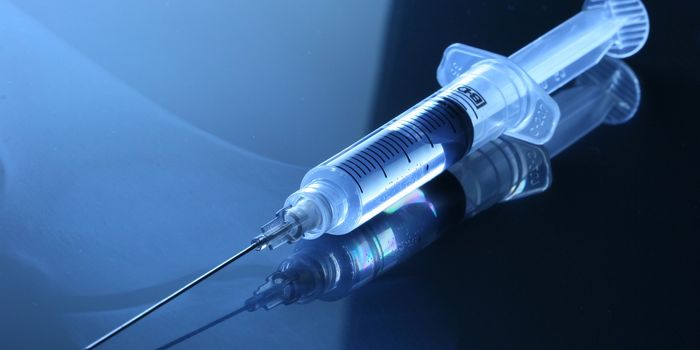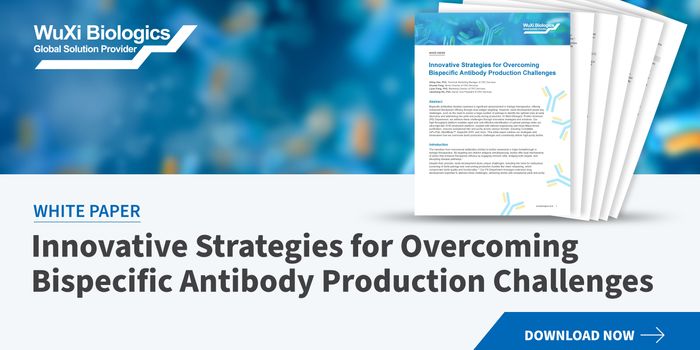A New Lead in the Treatment of Hepatocellular Carcinomas
Hepatocellular carcinoma, or HCC, is a type of liver cancer, and the third most prevalent cancer-caused death in the world. The lack of a certain set of driver oncogenes makes treatment and prognosis of HCC a challenge. A group from Shanghai targeted ACADL, long-chain acyl-Coa dehydrogenase, as a suitable lead for study, as it has been linked to HCC in other studies, saying “There is an urgent need for more complete understanding of the molecular mechanisms involved in deregulated HCC cell proliferation”. This study details why ACADL and another possible biomarker have promising futures in HCC treatment.
An examination of the HCC database in The Cancer Genome Atlas (TCGA) showed that in HCC tissues, levels of ACADL were far lower than in normal tissue. Levels even continued to decrease in HCC at later stages, making ACADL levels a possible biomarker for HCC progression. In vitro experiments, HCC cell lines deficient in ACADL expression, showed that re-expression of ACADL suppressed cellular proliferation. This did not affect HCC invasion into surrounding tissues, however. In vivo mouse experiments using the same cell lines confirmed the suppression of tumor growth in mice when ACADL was re-expressed.
To investigate why ACADL seemed to suppress HCC growth, the group began looking at other changes in expression levels in HCC cells versus normal cells. Of the possible hits, there were many members of the Hippo signaling pathway, which regulates cellular proliferation and apoptosis. YAP is a transcription factor linked to this pathway, and it seemed to be activated when ACADL levels were low and deactivated when ACADL levels were re-expressed in vitro. Artificial activation of YAP in ACADL re-expressing models reversed the anti-tumor effects, confirming the tumor suppression of ACADL is linked to YAP.
The group concludes “our data revealed a distinct decreased expression of ACADL in HBV-associated HCC and the low ACADL expression correlated with more aggressive clinical characteristics and poor prognosis”. The connection between low ACADL expression and YAP activation makes both attractive targets as biomarkers for cancer diagnostics. The tumor suppression effects seen when ACADL is re-expressed also points to a possible ACADL or YAP based therapy, although further study is needed. The group also concedes that the anti-cancer effects seen may be due to alterations in ROS control as both ACADL and YAP are connected to ROS generation or signaling. Regardless, this paper outlines the notion of ACADL and YAP as potential biomarker or treatment for HCC.
Sources: Nature, Targeted Oncology









